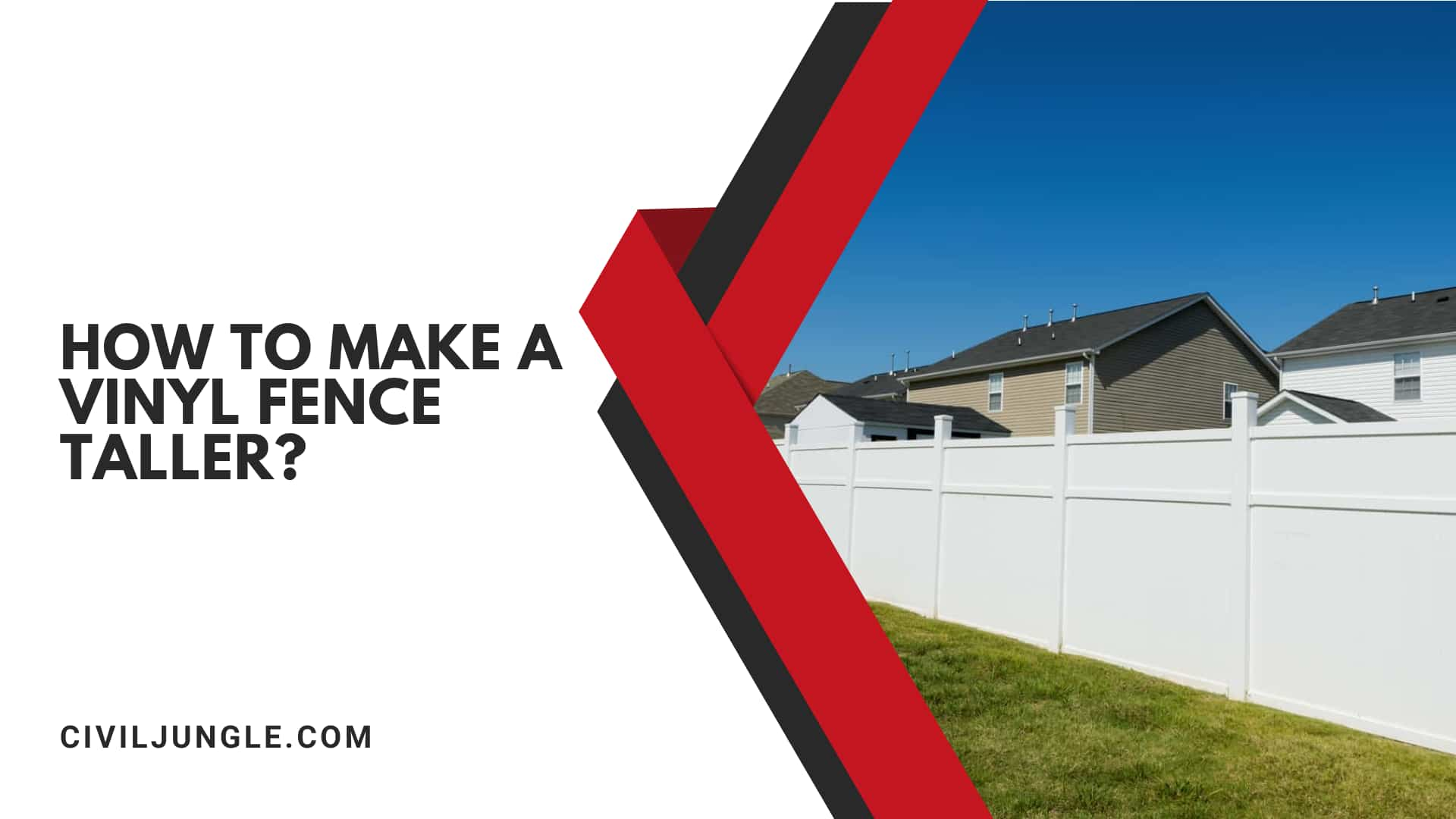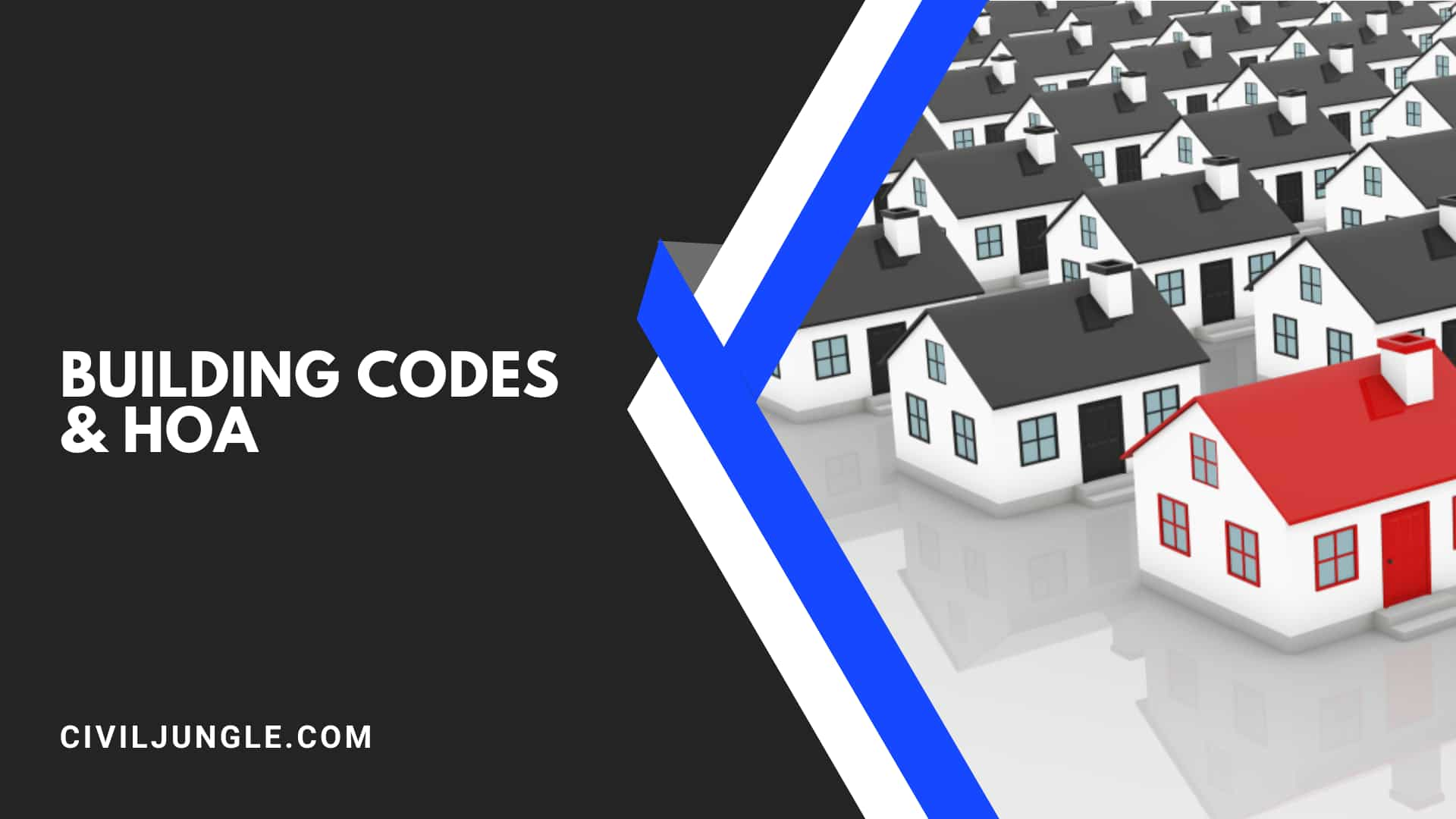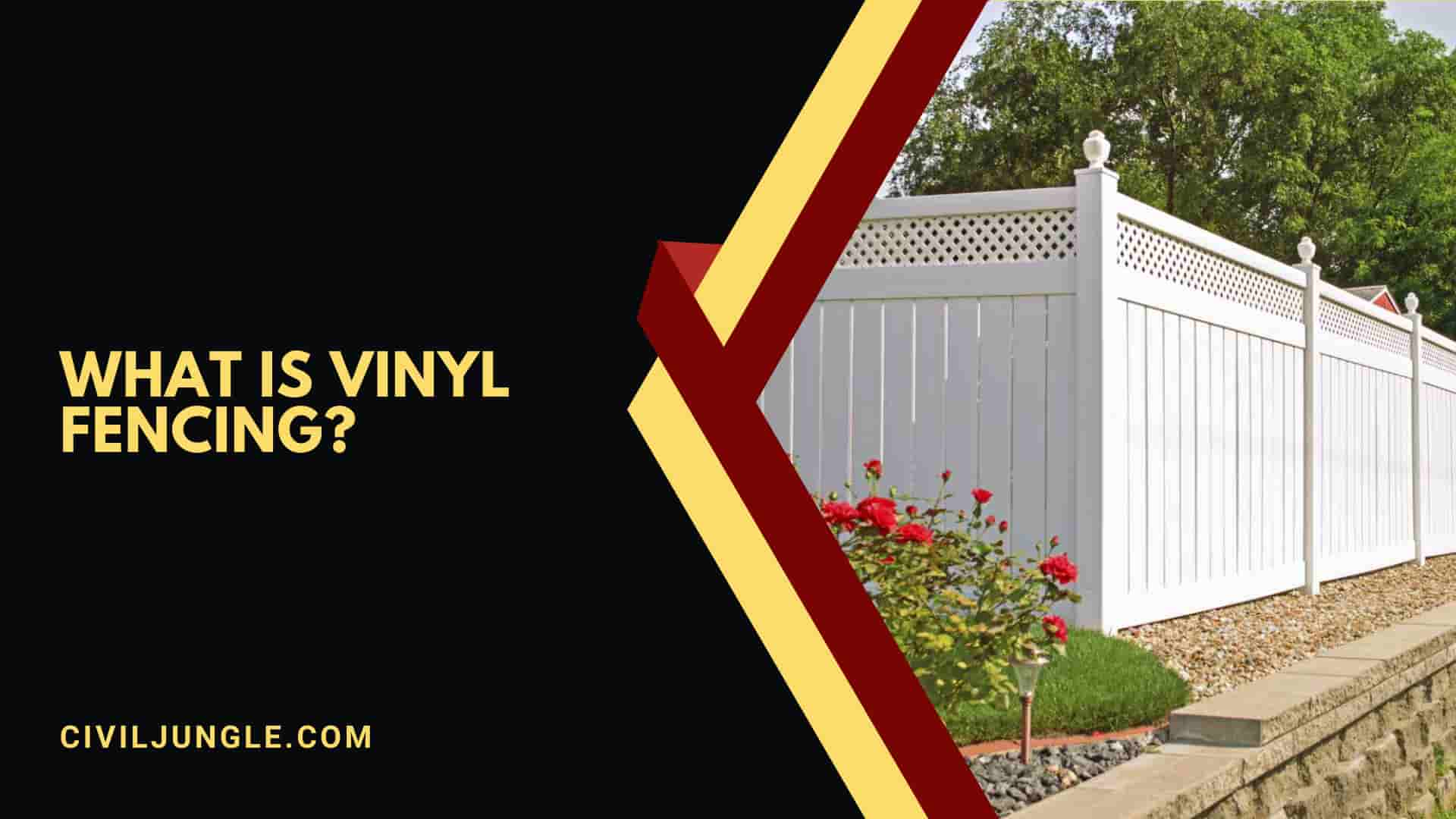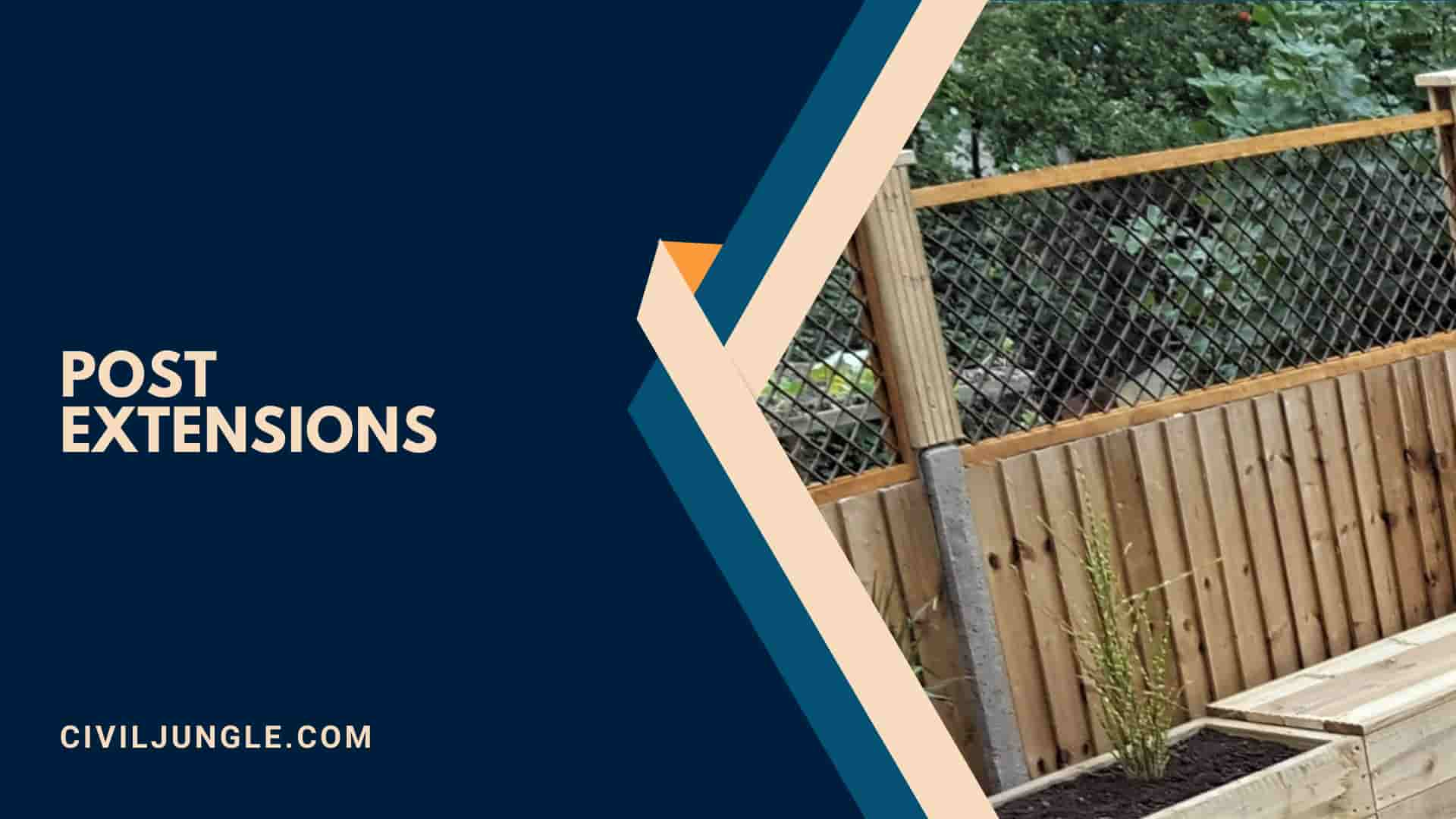
How To Make A Vinyl Fence Taller?
There are a few different ways to make a vinyl fence taller, depending on your specific needs and the type of fence you have. Here are a few options to consider:
- Add a Vinyl Fence Extension: One of the easiest ways to make a vinyl fence taller is to simply add an extension. These extensions can be purchased from most home improvement stores and are designed to fit onto the existing posts of your fence. Simply slide the extension over the post and secure it in place. This is a relatively quick and easy option, and it can add several inches to the height of your fence.
- Replace the Posts: If you want to make a significant increase in the height of your vinyl fence, you may need to replace the posts. This is a more involved process, but it will allow you to add several feet to the height of your fence. To do this, you will need to dig up the existing posts and install new, taller ones. Be sure to use a level to ensure that the new posts are straight and secure.
- Install a Lattice Panel: Another option for making a vinyl fence taller is to install a lattice panel on top of the existing fence. This can be done by attaching the lattice panel to the existing posts with screws or brackets. This is a great option if you want to add some visual interest to your fence, as well as some extra height.
- Use Plants or Trellis: You can also use plants or trellis to make a vinyl fence taller. This can be a good option if you want to add some natural beauty to your fence. You can train climbing plants to grow up the fence, or you can install a trellis on top of the fence. This can be a great option if you want to add some privacy to your fence without making it look too bulky.
- Add a Topper: You can also add a topper to your existing vinyl fence. Vinyl fence toppers are panels that sit on top of the existing fence, adding height and privacy. Vinyl fence toppers come in a variety of designs and styles and can be a great option if you want to add some visual interest to your fence.
Regardless of which method you choose, it’s important to make sure that your vinyl fence is securely anchored in the ground. This will ensure that it can withstand the increased height and any additional weight that may be added.
When working on the fence, be sure to follow the manufacturer’s instructions and any local building codes. If you are not comfortable with the work, it is best to hire a professional fence contractor to do the job for you.
In summary, making a vinyl fence taller can be done through the use of extensions, replacement of posts, installation of lattice panel, use of plants or trellis and adding a topper. It is important to check for the local building codes and follow the manufacturer’s instructions. If you are not comfortable with the work, it is best to hire a professional fence contractor to do the job for you.
Building Codes & HOA

Building codes and homeowners association (HOA) regulations are both important considerations when making changes to your property, including adding height to your vinyl fence.
Building codes are set by local governments and are designed to ensure that construction projects meet certain safety standards. These codes can vary depending on the location and type of project.
When it comes to adding height to a vinyl fence, building codes may have specific requirements for the materials used, the height of the fence, and the distance between the fence and property lines.
It’s important to check with your local building department to find out what the building codes are in your area before beginning any work on your vinyl fence.
Homeowners association regulations, or covenants, conditions, and restrictions (CC&R) are rules set by the HOA of a neighborhood or community. These regulations are designed to maintain a certain aesthetic and standard within the community.
When it comes to adding height to a vinyl fence, HOA regulations may have specific requirements for the materials used, the color of the fence, and the overall design of the fence. It’s important to review your HOA’s regulations and obtain permission before making any changes to your vinyl fence.
It’s important to note that building codes and HOA regulations may have different requirements, so it’s essential to review and comply with both. Failure to comply with either can result in fines, penalties, or even the need to remove the fence entirely.
When working on your vinyl fence, it’s also important to consider your neighbors. Adding height to your fence may affect their privacy and views, so it’s a good idea to discuss your plans with them before beginning any work. This can help prevent potential conflicts or misunderstandings.
In addition to the above, there are some other factors that you should consider when making changes to your property and vinyl fence:
- Property Lines: Make sure that you are aware of the property lines for your property and that the fence is not encroaching on your neighbor’s property.
- Zoning Regulations: Be aware of any zoning regulations that may affect the height of your fence.
- Access to Utilities: If you plan to install a taller fence, make sure that it will not impede access to any utility lines or equipment.
- Weather Conditions: Consider the weather conditions in your area when planning your fence. High winds, heavy rain, and snow can all affect the stability of a taller fence.
- Maintenance: A taller fence may require more maintenance, so be prepared to keep it in good condition. It’s essential to comply with building codes and HOA regulations, and also to consider the factors that may affect the stability and maintenance of your vinyl fence. It’s also important to communicate with your neighbors and get their input before making any changes. By taking these steps, you can ensure that your vinyl fence is both safe and compliant with the regulations in your area.
In conclusion, Building codes and HOA regulations are important considerations when making changes to your property, including adding height to your vinyl fence.
It is important to check with your local building department and your HOA to find out what the requirements are in your area before beginning any work.
Additionally, it is important to consider factors such as property lines, zoning regulations, access to utilities, weather conditions, and maintenance before making changes to your vinyl fence.
It is also essential to communicate with your neighbors and get their input before making any changes. By taking these steps, you can ensure that your vinyl fence is both safe and compliant with the regulations in your area.
What Is Vinyl Fencing?

Vinyl fencing is a type of fencing made from a plastic composite material known as polyvinyl chloride (PVC). PVC is a type of plastic that is durable, weather-resistant, and low-maintenance.
Vinyl fencing is a popular choice for homeowners because it is an attractive and long-lasting alternative to traditional wood fencing.
Vinyl fencing comes in a variety of styles and designs, including picket fences, ranch-style fences, and privacy fences. The most common types of vinyl fencing include:
- Picket Fences: These are the traditional white picket fences that are often used to define property boundaries and create an attractive landscaping feature. They are typically around 3-4 feet tall and are available in various styles and designs.
- Ranch-Style Fences: These are typically used to define property boundaries and provide a decorative element to a home’s landscaping. They are often 4-5 feet tall and can be customized with different colors and designs.
- Privacy Fences: These are typically used to provide privacy and security for a property. They are typically 6-8 feet tall and can be customized with different colors and designs.
- Pool Fences: These are specially designed fences that are used to enclose a swimming pool area. They are typically 4-5 feet tall and can be customized with different colors and designs.
One of the main benefits of vinyl fencing is its low maintenance requirements. Unlike wood fences, which require regular painting or staining, vinyl fences are resistant to rot, decay, and insect damage.
They are also resistant to fading, chalking and cracking, which means they can maintain their original appearance for many years.
Another benefit of vinyl fencing is that it is easy to install. The fencing panels are designed to be lightweight and easy to handle, which means that they can be installed by a DIYer or a professional contractor.
The posts are typically made of aluminum and are designed to be easy to install. This means that the installation process is typically quicker and easier than installing a wood fence.
Vinyl fencing is also environmentally friendly. PVC is a type of plastic that can be recycled, and it is also an energy-efficient material. Vinyl fencing is also an excellent option for those who are concerned about the use of wood from endangered forests.
Vinyl fencing is also a cost-effective option. While the initial cost of vinyl fencing may be higher than wood fencing, it is typically less expensive in the long run. Vinyl fencing is more durable than wood fencing, which means that it will last longer and require less maintenance.
In conclusion, Vinyl fencing is a type of fencing made from polyvinyl chloride (PVC) which is a plastic composite material.
It is a popular choice for homeowners because it is an attractive and long-lasting alternative to traditional wood fencing. It comes in different styles such as picket fences, ranch-style fences, privacy fences and pool fences.
Vinyl fencing requires low maintenance and is easy to install. It is also environmentally friendly, energy-efficient and cost-effective in the long run. It is a great option for those who want to maintain the appearance of their property without the need for regular maintenance and repair.
Raise The Fence Posts

Raising the fence posts is a process of increasing the height of an existing fence by adding additional length to the fence posts. This can be done for a variety of reasons, such as to increase privacy or to comply with local building codes. Here is a general overview of the process of raising fence posts:
- Remove the Old Fence: Before you can raise the fence posts, you will need to remove the old fence. This can be done by carefully taking apart the fence panels and removing any nails or screws that are holding the fence together. Be sure to keep all of the hardware, as you will need it later.
- Measure the New Height: Once the old fence is removed, measure the new height that you want the fence to be. This will help you determine how much additional length you will need to add to the fence posts.
- Cut the New Posts: Cut new fence posts to the appropriate length. If you are raising a wood fence, you will need to use pressure-treated lumber that is rated for ground contact. If you are raising a vinyl fence, you will need to use PVC posts that are rated for ground contact.
- Install New Post Brackets: Install new post brackets at the base of the fence posts. These brackets will help secure the posts in place and provide additional support for the new height of the fence.
- Insert the New Posts: Insert the new fence posts into the post brackets. Make sure that the posts are level and plumb before securing them in place with the hardware from the old fence.
- Attach the New Panels: Once the new posts are in place, attach the new fence panels to the posts. This can be done by using the hardware from the old fence or by using new hardware that is designed for the new height of the fence.
- Finish the Fence: Once the new fence panels are in place, finish the fence by adding any additional hardware or trim that is needed. It’s important to note that raising the fence posts can be a labor-intensive process. It is recommended to hire a professional fence contractor if you are not comfortable with the process, as it requires some technical skills and specific tools.
In summary, raising the fence posts is a process of increasing the height of an existing fence by adding additional length to the fence posts.
It includes removing the old fence, measuring the new height, cutting the new posts, installing new post brackets, inserting the new posts, attaching the new panels, and finishing the fence.
It is a labor-intensive process and it is recommended to hire a professional fence contractor if you are not comfortable with the process.
Post Extensions

Fence post extensions are devices that are used to increase the height of an existing fence without having to replace the entire fence or the fence posts. These extensions are typically made from the same material as the existing fence and are designed to fit securely over the top of the existing posts.
There are a few different types of fence post extensions available, including:
- Slip-on Post Extensions: These are the most common type of post extension and are designed to simply slide over the top of the existing post. They are typically held in place with a set screw or bolt.
- Locking Post Extensions: These extensions are designed to lock onto the existing post, providing a more secure fit. They are typically held in place with a set screw or bolt and may also feature a locking mechanism.
- Bolt-on Post Extensions: These extensions are designed to be bolted onto the existing post, providing a more secure fit. They are typically held in place with several bolts and may also feature a locking mechanism.
- Snap-on Post Extensions: These extensions are designed to snap onto the existing post, providing a more secure fit. They are typically held in place with a set screw or bolt and may also feature a locking mechanism.
When installing post extensions, it is important to ensure that the extensions are level and plumb and that they are securely attached to the existing posts.
It is also important to make sure that the existing fence is in good condition and that the posts are securely anchored in the ground before installing post extensions.
One of the benefits of using post extensions is that they are a relatively quick and easy way to increase the height of an existing fence without having to replace the entire fence or the fence posts. They can also be a cost-effective solution, as they are typically less expensive than replacing the entire fence.
Another benefit of post extensions is that they can be customized to match the existing fence, so they blend in seamlessly and maintain the aesthetic of your property.
Additionally, post extensions are typically made from the same material as the existing fence, which means that they will have the same durability and weather resistance.
It’s important to note that post extensions can be a good solution for increasing the height of an existing fence, but they are not suitable for all types of fences.
It is recommended to check with your local building codes before installing post extensions and to consult with a professional fence contractor to ensure that the post extensions are installed correctly.
In summary, Fence post extensions are devices that are used to increase the height of an existing fence without having to replace the entire fence or the fence posts.
They are typically made from the same material as the existing fence and are designed to fit securely over the top of the existing posts. There are a few different types of fence post extensions available such as Slip-on, Locking, Bolt-on and Snap-on post extensions.
The benefits of using post extensions include that they are a relatively quick and easy way to increase the height of an existing fence, cost-effective solution, customizable to match the existing fence, maintains the aesthetic of your property and typically made from the same material as the existing fence. It is important to check with local building codes and consult with a professional fence contractor before installing post extensions.
Frequently Asked Questions (FAQs)
Can I Add Height to My Vinyl Fence Without Replacing the Entire Fence?
Yes, you can add height to your vinyl fence using several methods such as adding vinyl fence extensions, installing a lattice panel, or using post extensions. These options can increase the height without needing to replace the entire fence.
How Do I Choose the Best Method for Making My Vinyl Fence Taller?
The best method depends on your specific needs and the type of fence you have. Vinyl fence extensions and post extensions are quick and relatively simple, while adding a lattice panel or using plants/trellis can provide additional aesthetic benefits. Consider factors such as the desired height, budget, and the appearance you want to achieve.
Are There Any Building Codes or Hoa Regulations I Need to Be Aware of Before Making Changes to My Fence?
Yes, it’s essential to check with your local building department and homeowners association (HOA) before making any changes. Building codes may have requirements regarding fence height, materials, and placement, while HOA regulations might have specific rules about aesthetics and design. Ensure you comply with both to avoid fines or having to remove the modifications.
How Can I Ensure That My Fence Extensions or Additions Are Securely Installed?
To ensure a secure installation, make sure the extensions or new posts are level and properly anchored. Follow the manufacturer’s instructions and use appropriate tools and hardware. For complex or significant changes, it may be best to hire a professional fence contractor to ensure the work is done correctly.
Will Adding Height to My Vinyl Fence Affect Its Stability?
If done correctly, adding height to your vinyl fence should not affect its stability. Ensure that any extensions or modifications are securely attached and that the existing posts are in good condition. For significant increases in height, replacing the posts with longer ones or adding post brackets can help maintain stability.
How Do I Maintain a Taller Vinyl Fence?
Maintenance for a taller vinyl fence is similar to that for a standard-height fence. Regularly check for any signs of damage or wear, and clean the fence as needed to maintain its appearance. Keep an eye on the extensions or additional components to ensure they remain secure and in good condition.
Can I Use Plants or a Trellis to Add Height to My Fence, and How Should I Do This?
Yes, using climbing plants or a trellis can add height and visual interest to your fence. Install a trellis on top of the existing fence or train climbing plants to grow along it. Ensure that the plants or trellis are securely attached and do not obstruct any fence components.
What Are the Cost Considerations for Increasing the Height of My Vinyl Fence?
The cost will vary depending on the method you choose. Vinyl fence extensions and post extensions are generally more affordable options compared to replacing posts or installing a lattice panel. Consider both the material costs and any potential installation fees when budgeting for the project.

